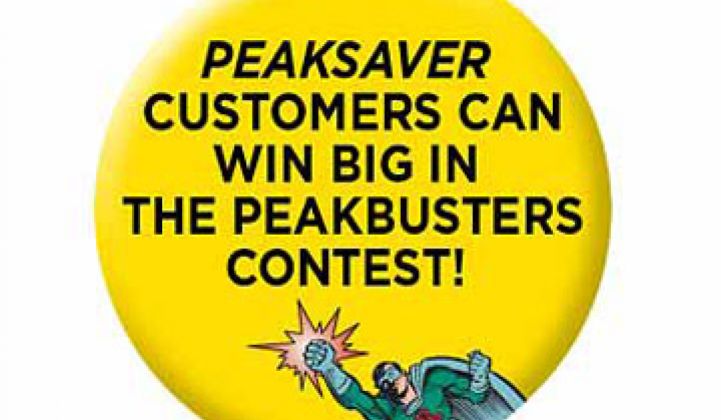The president of one of the most progressive utilities in North America doesn’t believe in smart grid. Instead, Anthony Haines, President and CEO of Toronto Hydro, said that the technology that is often labeled as smart grid is nothing more than modernizing the electrical system.
His comments, made during Argyle Forum’s 2010 Leadership in Utilities conference in New York City on Tuesday, highlighted some of the lessons that can, and will be, learned from Toronto Hydro’s experience.
The Canadian utility has nearly all of its customers on nine different time-of-use rate tiers. The result: nearly two-thirds are paying more, according to Haines. The differing rates are not translating into consumer action, but that’s not for lack of education.
“You will go through years of education with the customer,” he warned fellow executives. And that is just what Toronto Hydro has done. The education was imperative to even get to time-of-use pricing schemes, but it is only half of the picture.
The rest of the way will come through crunching, and using, customer data to adjust the TOU rates for customers to change their behavior. The utility’s estimates have found that there would need to be a 10:1 ratio in TOU pricing to see a change in consumption. Currently the residential rates vary between about $0.05 and $0.09 per kilowatt-hour. Although Haines does not foresee Toronto Hydro instituting the extreme rate ratios, he did say there will be changes to the TOU programs in fall of 2011.
As for getting closer to a modern grid, “we are simply treading water,” he conceded. In his early days in utilities, outages of less than a minute were not even counted as an outage at all. Now, that amount of downtime can lead to millions of dollars in losses for corporations. He pointed to a recent outage at a Toshiba plant in Japan, a country with one of the world’s most reliable grids, which could raise the price of the chips the company produces and cause a worldwide shortage into 2011.
The solution for a modern grid that serves consumers is elusive, but Toronto Hydro keeps plugging away and making headway. It has various programs to reach out to consumers to save energy, and will launch even more programs, including an iPhone app, in 2011.
Haines said that when it comes to today’s grid, the updates have to be seen as a way to transform customer experience. “We can no longer distinguish between customer and operational data,” he said.
Toronto Hydro uses eMeter for its meter data management, and Gary Bloom, CEO of eMeter, told Greentech Media that it is utilities like Toronto Hydro that are looking for the next step in how they can take that information and be more proactive in marketing and applying the data to enhance customer experience. Bloom only sees the gap growing between progressive utilities and what they do with information and slower utilities that are already late to the software game.
But, at the end of the day, data might not be enough. Haines said he grossly underestimated the NIMBYism of consumers when it comes to transmission and renewables, such as wind turbines. “We don’t want transmission, we don’t want carbon-based energy, and we don’t want renewables,” his customers argue. Yet, everyone wants a clean energy economy, and so the education continues. He knows that Toronto will achieve its goal of renewables and a modern grid, but the road to get there is still rocky.
Industry Perspective

Lessons From Toronto Hydro
Education, education, education—and meter data management

Lessons From Toronto Hydro
-
41Where Will DOE’s Loan Program Make the Next Climate Tech Investments?
-
15What the Frack Is Happening With Natural Gas Prices?
-
9With an Energy Crisis Brewing, No Peak in Sight for Emissions


